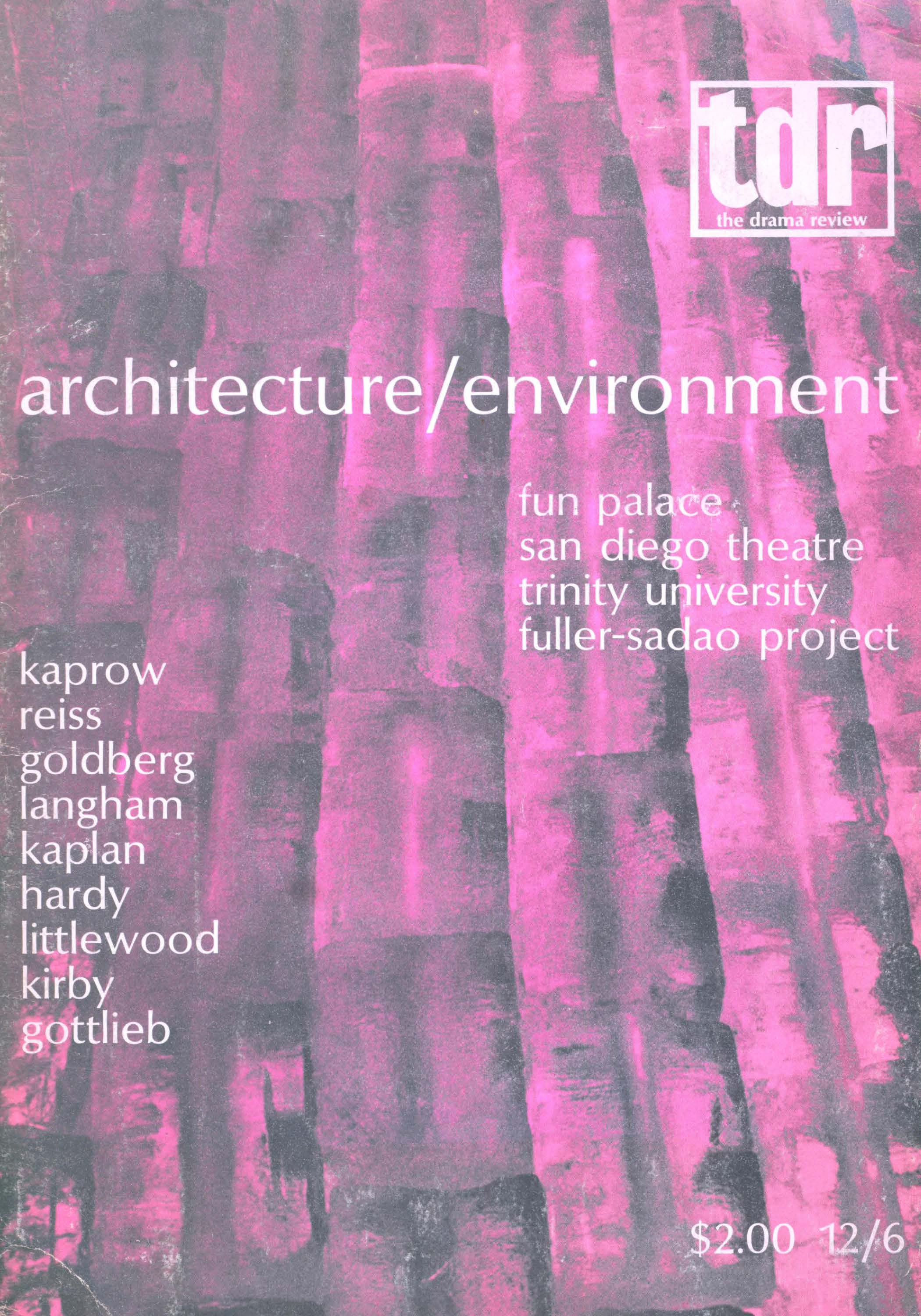No CrossRef data available.
Article contents
Eugenio Barba's Kaspariana
Published online by Cambridge University Press: 07 December 2021
Extract
Holstebro is a Danish town which nourishes ambitions rather like those of an Italian Renaissance city-state, where the rise of bourgeois economics was accompanied by dreams of artistic splendor. The Scandinavian Welfare State seems uneasy; there is a kind of neurotic squeak in the well-oiled machinery of daily life. An ultramodern industrial center, Holstebro—perhaps as unconscious compensation for its wealth—now hopes to become a center for “culture.” The city fathers of this small provincial town have built one of the two largest stages in Denmark, “bought” a young composer of electronic music and commissioned him to create a laboratory of musical research; they subsidize a good amateur orchestra and plan to install a professional one; finally, they have given Eugenio Barba the means of creating a theatre lab on the model of Jerzy Grotowski's at Wrøclaw—Odin Teatret (Nordisk Teaterlaboratorium for Skuespillerkunst).
- Type
- Research Article
- Information
- Copyright
- Copyright © 1968 The Drama Review
References
1 Eugenio Barba is the author of the only work which so far has tried to describe and analyse Grotowski: Alla ricerca del Teatro perduto, ed. Marsilio, Padua, 1965. For more details on Barba's life and ideas, see Renée Saurel, “Séminaire nordique à Holstebro,” in Les Temps modernes (September, 1967), pp. 559-567 and Marc Fumaroli, “L'acteur, ce héros qui ramène de l'abîmes les monstres domptés” in Journal de Genève, Supplément littéraire (10 June 1967), pp. 13-14.
2 Barba uses only fixed spotlights, and the only variations in lighting during the evening are created by momentarily turning off some of them. But this does not mean that the lighting is homogeneous—zones of light and zones of relative darkness alternate. The lighting effects are thus created by the movement of the actors, not of the projectors. This rather aleatory conception of theatre lighting creates, according to the place from which one looks at the action, surprisingly forceful expressionist effects. See Jerzy Grotowski's article, “Il n'était pas tout à fait lui-même” in Les Temps modernes (April, 1967), p. 1892-1899.
3 The analogy with the cinema aesthetic of Eisenstein is all the more justified in that the actors whom Eisenstein used were often trained by Stanislavski or Meyerhold, major sources of the method of Grotowski and Barba.


